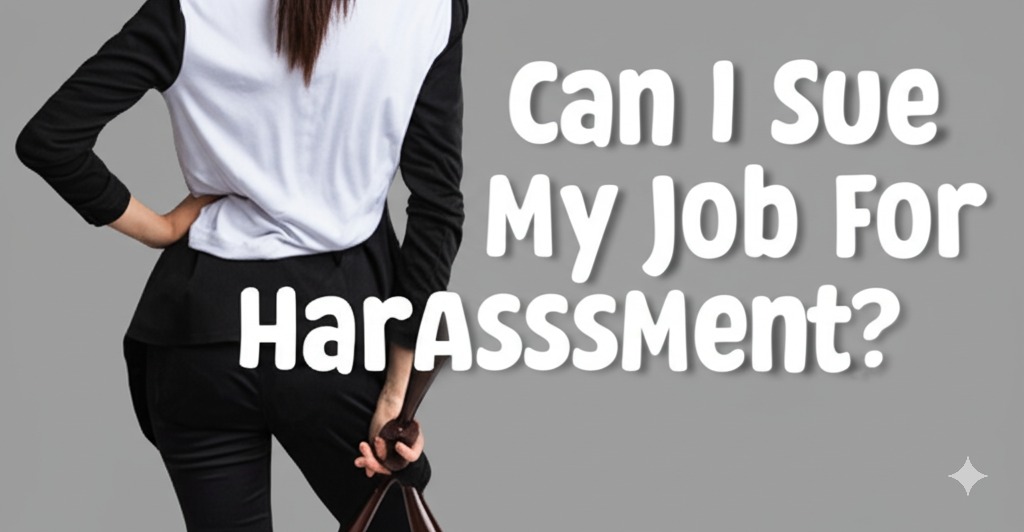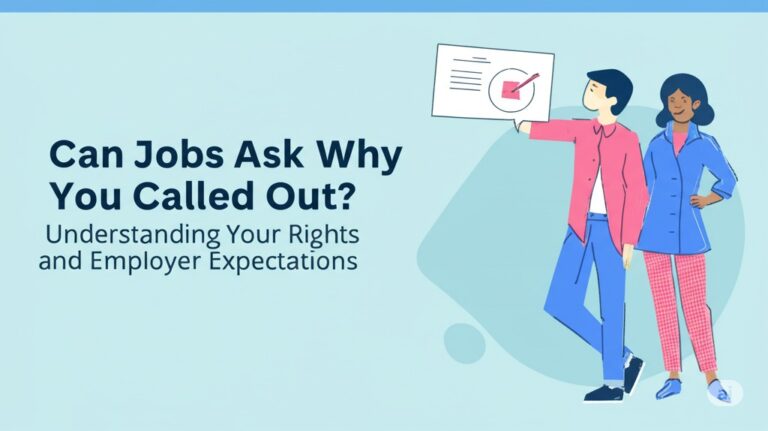
Harassment in the workplace is an unfortunate reality for many employees. Whether it’s verbal abuse, physical intimidation, or discrimination, no one should feel unsafe or disrespected at their place of work. But what happens if harassment occurs? Can you sue your employer for allowing such behavior? This article delves into the process of addressing harassment in the workplace, your legal rights, and what steps you should take if you find yourself in this situation.
What Is Workplace Harassment?
Workplace harassment refers to any unwelcome behavior that creates a hostile, intimidating, or offensive work environment. This could include:
- Verbal abuse: Insults, offensive jokes, or name-calling.
- Physical intimidation: Threatening gestures, unwanted physical contact, or violence.
- Discrimination: Harassment based on race, gender, religion, age, disability, or sexual orientation.
- Sexual harassment: Unwanted sexual advances, comments, or behavior.
If you’re facing any of these, it’s important to understand your rights and the potential to take legal action.
When Can You Sue for Harassment?
To determine if you can sue your employer for harassment, there are several factors to consider. Laws vary by location, but the basics are generally the same.
1. The Harassment Is Severe or Pervasive
You may have grounds for a lawsuit if the harassment is not an isolated incident but part of a pattern of behavior that creates a hostile work environment. This means that the harassment must be severe enough that it affects your ability to perform your job, damages your emotional well-being, or creates a toxic atmosphere.
2. The Harassment Is Based on Protected Characteristics
Under U.S. law, harassment that targets individuals because of their race, color, religion, gender, national origin, age, disability, or sexual orientation may be actionable. The Equal Employment Opportunity Commission (EEOC) enforces laws that prohibit workplace harassment under these protected categories.
3. The Employer Was Informed and Failed to Act
If you reported the harassment to your employer and they failed to take appropriate action, you may have grounds to sue. Employers are legally obligated to investigate complaints of harassment and take steps to prevent further abuse. If they neglect this duty, they can be held liable.
Steps to Take Before Suing Your Employer
If you are experiencing harassment, there are several steps you should take before pursuing legal action:
1. Document the Harassment
Keep detailed records of each incident of harassment. This includes dates, times, locations, what was said or done, and the names of any witnesses. Documentation is crucial for building your case.
2. Report the Harassment
Report the harassment to your employer or HR department. Employers are required by law to investigate complaints and take corrective actions. Make sure to keep a record of your report and any responses from your employer.
3. Follow Company Procedures
Most companies have internal grievance procedures that should be followed. These often involve formal complaints and investigations. Following these procedures is important because failure to do so could affect your ability to sue later.
4. Seek Legal Advice
Before suing your employer, it’s wise to consult with an employment lawyer. They can help you understand the strength of your case, the potential outcomes, and the legal steps involved in filing a lawsuit.
Legal Protections and Remedies for Harassment Victims
If your harassment claim is valid, there are various legal protections and remedies available to you.
1. Filing a Claim with the EEOC
In the U.S., before you can file a lawsuit for harassment, you must first file a complaint with the Equal Employment Opportunity Commission (EEOC) or a similar local agency. The EEOC will investigate the claim and may mediate a settlement or issue a “Right to Sue” letter, which allows you to file a lawsuit in court.
2. Compensation
If you win your harassment lawsuit, you may be entitled to compensation, including:
- Back pay: Any wages lost due to the harassment.
- Punitive damages: Financial compensation meant to punish the employer and deter future harassment.
- Emotional distress damages: Compensation for the mental and emotional impact of harassment.
- Reinstatement or promotion: If you were unjustly terminated or passed over for a promotion because of harassment, the court may order you to be reinstated.
3. Injunctions
In some cases, a court may issue an injunction, requiring the employer to take specific actions to address the harassment, such as revising company policies, training employees, or making other organizational changes.
Can You Sue for Retaliation?
It’s illegal for an employer to retaliate against an employee for filing a harassment claim. If your employer fires you, demotes you, or otherwise punishes you for reporting harassment, you may have a separate lawsuit for retaliation.
Conclusion: Know Your Rights and Take Action
Workplace harassment is a serious issue, but you don’t have to face it alone. If you’ve been harassed at work, remember that you have the right to a safe and respectful environment. While the process of suing your employer can be complicated, you have legal avenues to explore and protections available to you.
If you’re considering legal action, the first step is to document the harassment, report it to your employer, and seek advice from a qualified employment lawyer. By understanding your rights and options, you can take the necessary steps to protect yourself and potentially hold your employer accountable.
Remember, no one should endure harassment in the workplace. Take action today and fight for the respect and justice you deserve.

Andre Cuevas provides career insights, job search strategies, and professional advice to help individuals navigate the job market and achieve their career goals.






